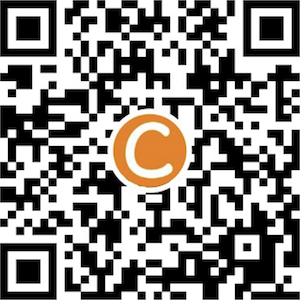
P1: OSO
fm JWST014-Cavallaro November 15, 2010 9:39 Printer Name: Yet to Come
xviii PREFACE
typical challenges that make video tracking difficult. Chapter 2 discusses cur-
rent and emerging applications of video tracking. Application areas include
media production, medical data processing, surveillance, business intelligence,
robotics, tele-collaboration, interactive gaming and art.
Chapter 3 offers a high-level overview of the video acquisition process and
presents relevant features that can be selected for the representation of a
target. Next, Chapter 4 discusses various shape-approximation strategies and
appearance modelling techniques.
Chapter 5 introduces a taxonomy for localisation algorithms and compares
single and multi-hypothesis strategies. Chapter 6 discusses the modalities for
fusing multiple features for target tracking. Advantages and disadvantages of
fusion at the tracker level and at the feature level are discussed. Moreover, we
present appropriate measures for quantifying the reliability of features prior
to their combination.
Chapter 7 extends the concepts covered in the first part of the book to
tracking a variable number of objects. To better exemplify these methods,
particular attention is given to multi-hypothesis data-association algorithms
applied to video surveillance. Moreover, the chapter discusses and evaluates
the first video-based multi-target tracker based on finite set statistics. Using
this tracker as an example, Chapter 8 discusses how modelling the scene can
help improve the performance of a video tracker. In particular, we discuss
automatic and interactive strategies for learning areas of interest in the image.
Chapter 9 covers protocols to be used to formally evaluate a video tracker
and the results it generates. The chapter provides the reader with a compre-
hensive overview of performance measures and a range of evaluation datasets.
Finally, the Epilogue summarises the current directions and future chal-
lenges in video tracking and offers a further reading list, while the Appendix
reports and discusses comparative numerical results of selected methods pre-
sented in the book.
The book is aimed at graduate students, researchers and practitioners in-
terested in the various vision-based interpretive applications, smart environ-
ments, behavioural modelling, robotics and video annotation, as well as appli-
cation developers in the areas of surveillance, motion capture, virtual reality
and medical-image sequence analysis.
The website of the book, www.videotracking.org, includes a comprehensive
list of software algorithms that are publicly available for video tracking and
offers to instructors for use in the classroom a series of PowerPoint presenta-
tions covering the material presented in the book.
Emilio Maggio and Andrea Cavallaro
London, UK

























